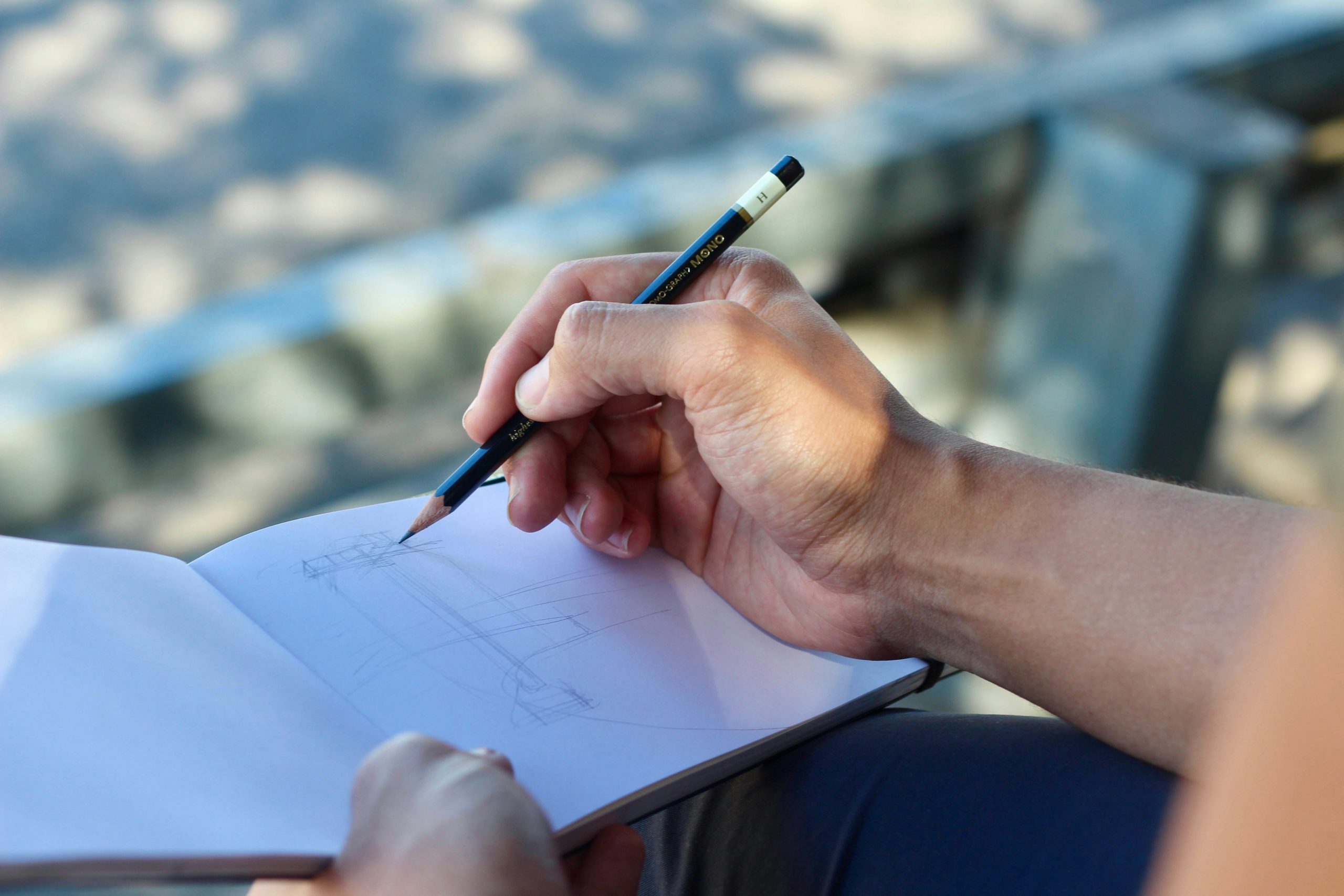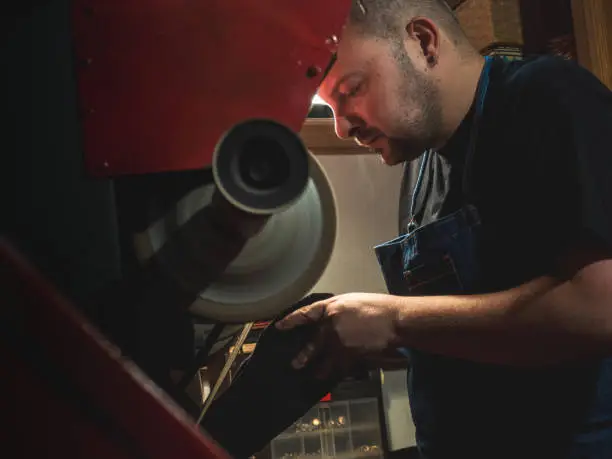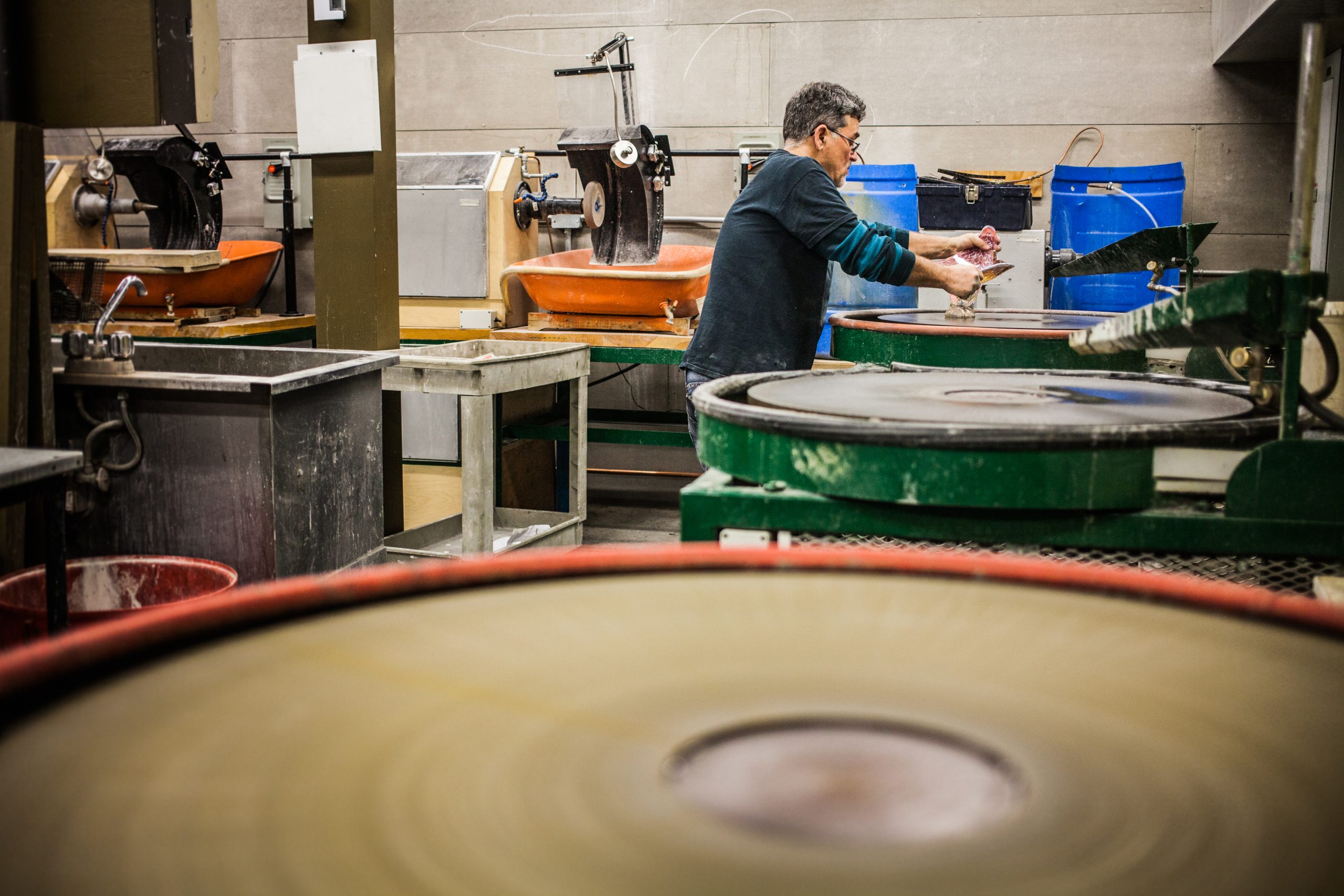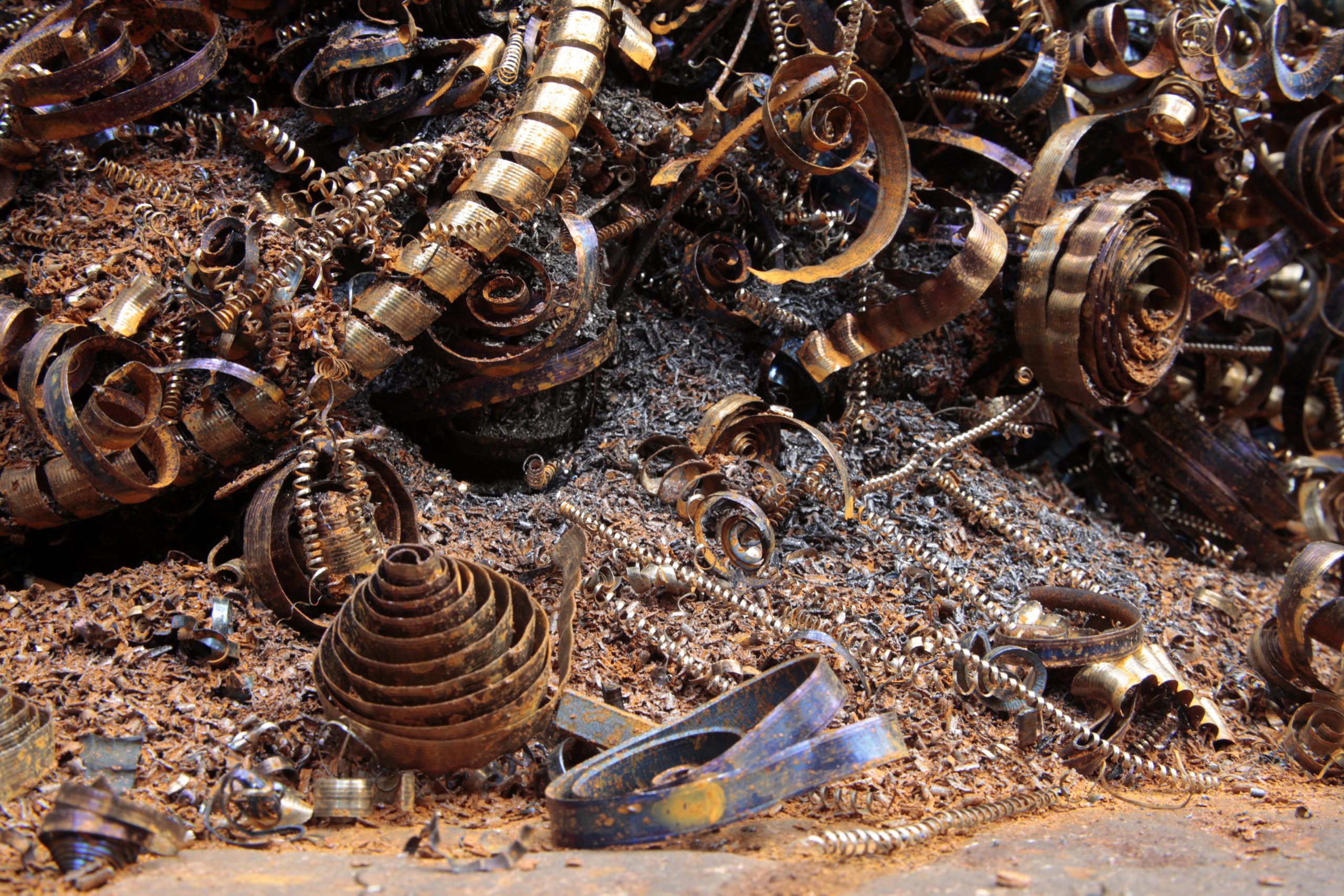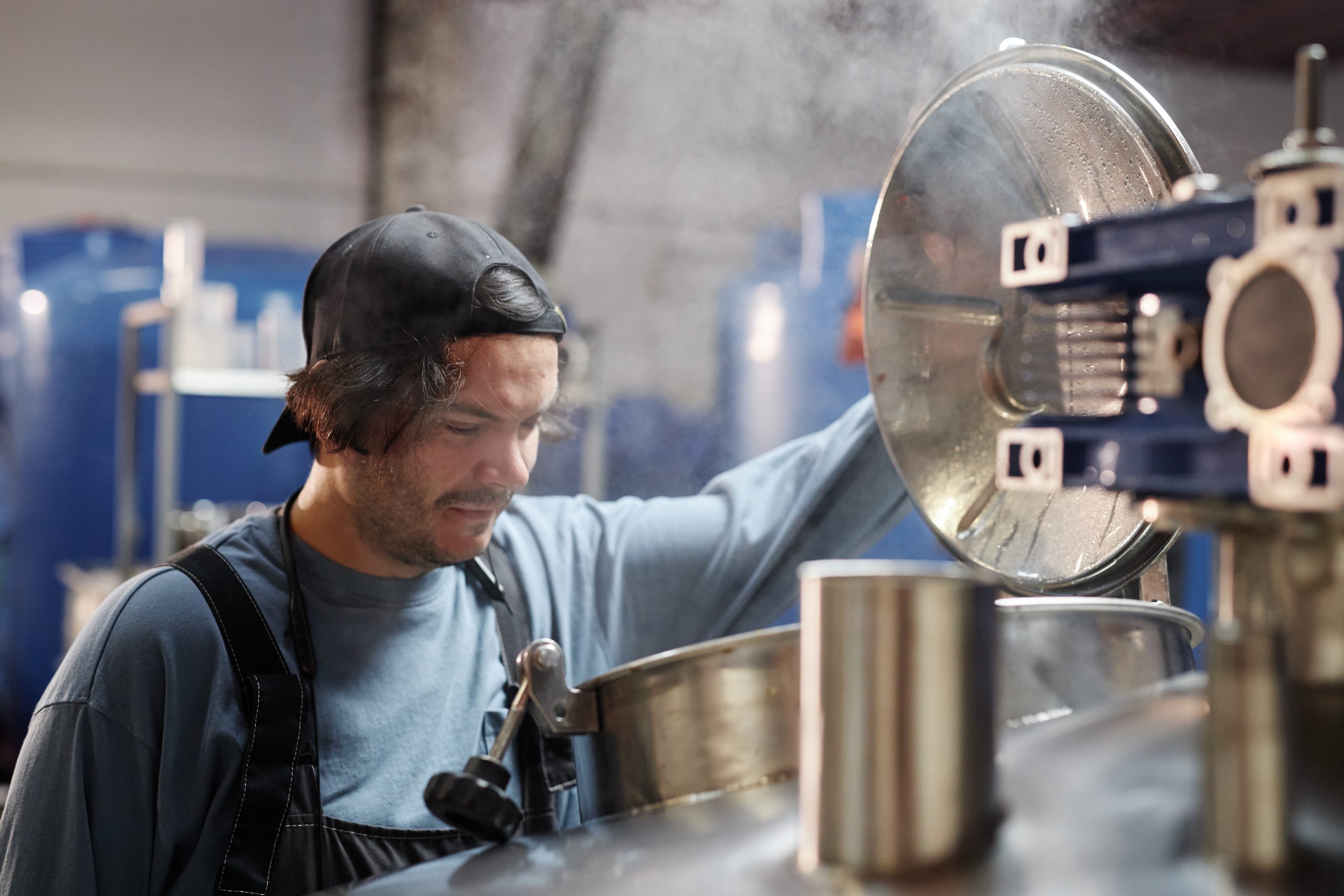Overlooking the importance of symmetry
Symmetry plays a significant role in metal spinning, as it affects the precision and balance of the final product. Neglecting to clearly indicate symmetry requirements in your drawing can result in an imbalanced or distorted shape. It is crucial to communicate your symmetry specifications to the metal spinning supplier to avoid any issues.
Furthermore, achieving symmetry in metal spinning involves not only the design of the part but also the setup and calibration of the spinning equipment. Collaborating closely with the metal spinning supplier to ensure that the design intent is accurately translated into the spun part is key to achieving the desired symmetry.
Neglecting to specify material thickness
Material thickness is a critical factor in metal spinning projects, impacting the strength and shape of the final product. Failing to clearly specify the desired material thickness in your drawing can lead to variations in the end result. Be sure to include the required material thickness in your drawing to achieve the desired outcome.
In addition to specifying material thickness, it is important to consider the material’s formability and ductility characteristics. Different metals behave differently during the spinning process, so selecting the appropriate material for your project is crucial in ensuring the part can be spun accurately and to the desired specifications.

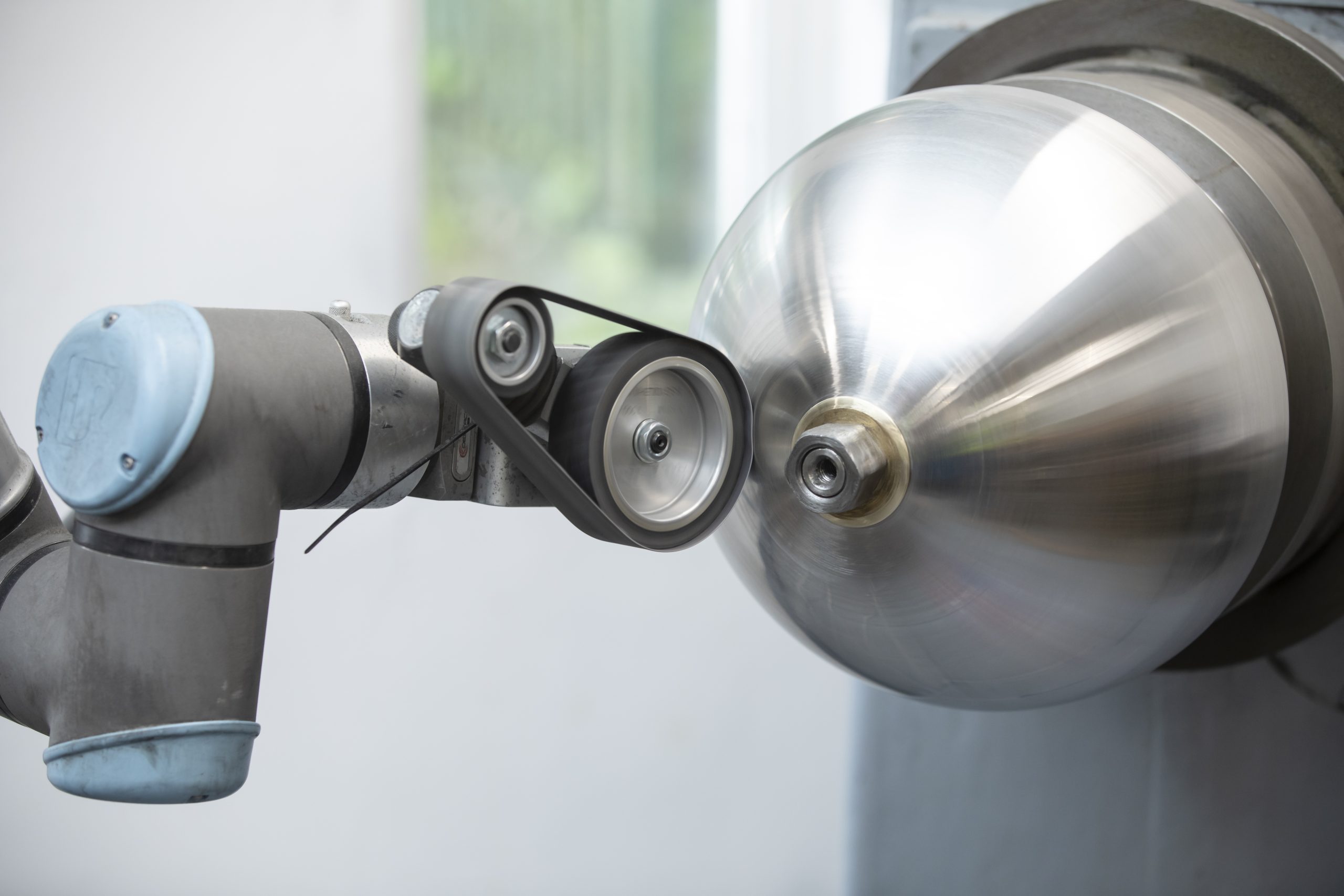 Metal Spinning
Metal Spinning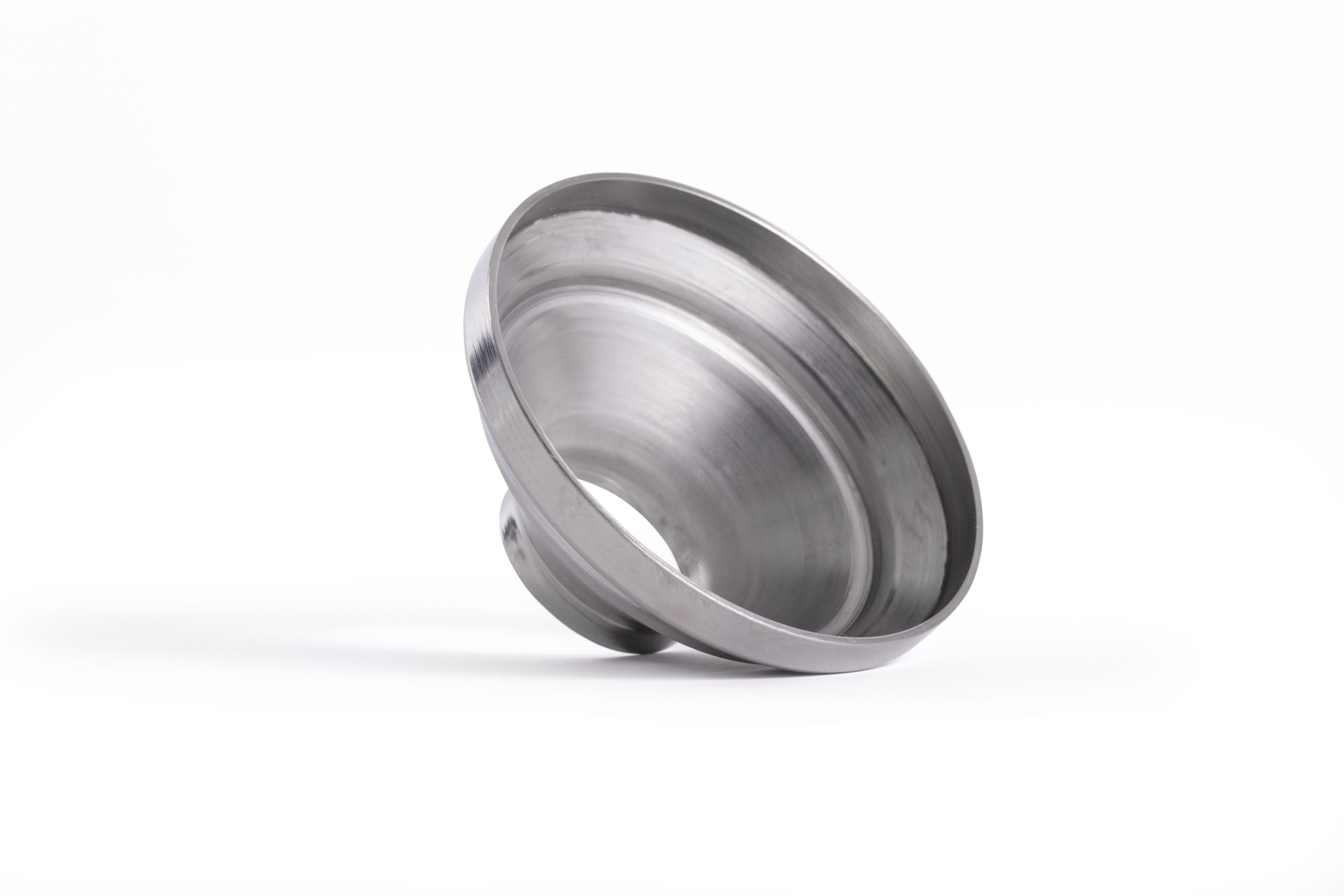 Bespoke Metal Spinning
Bespoke Metal Spinning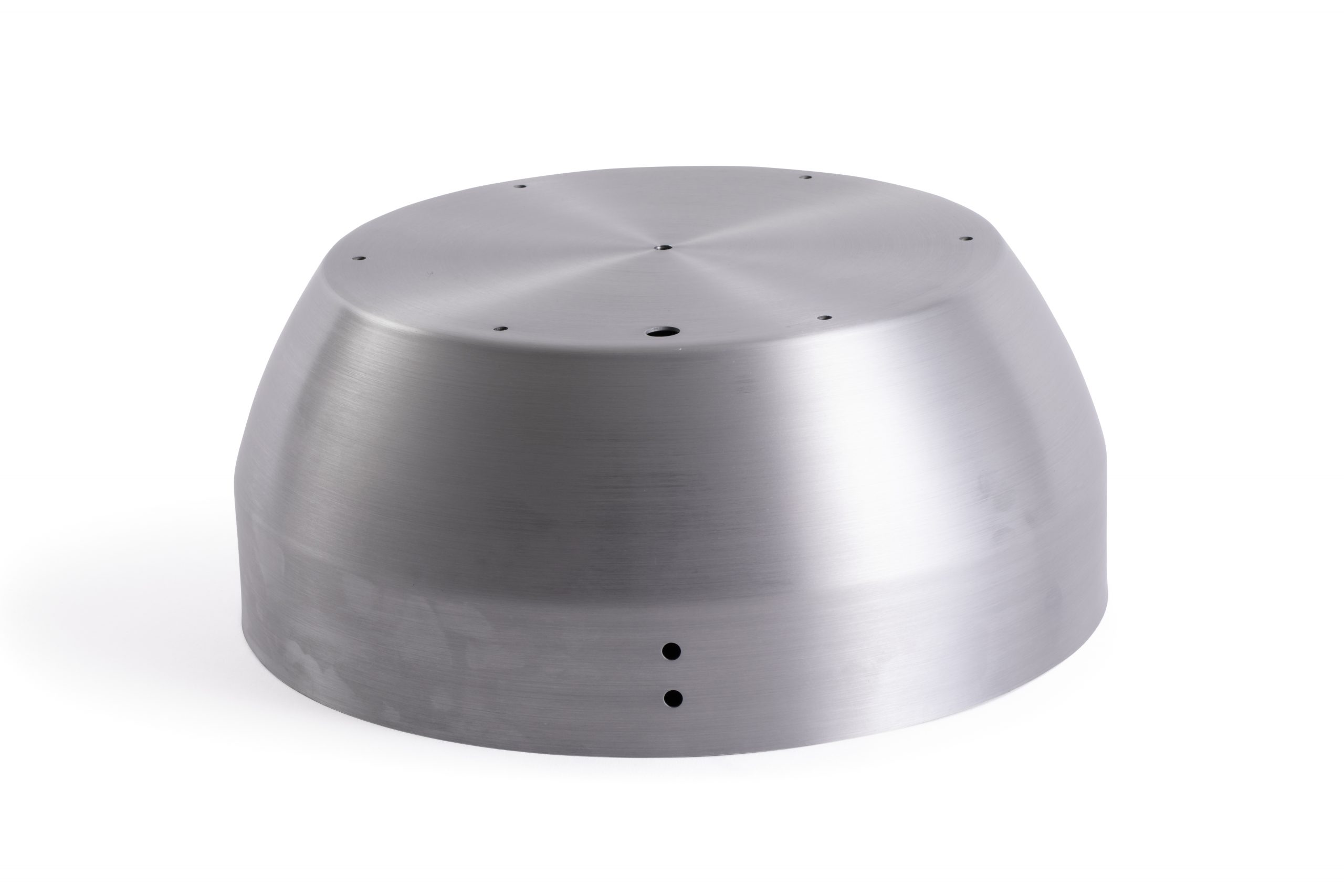 Metal Polishing
Metal Polishing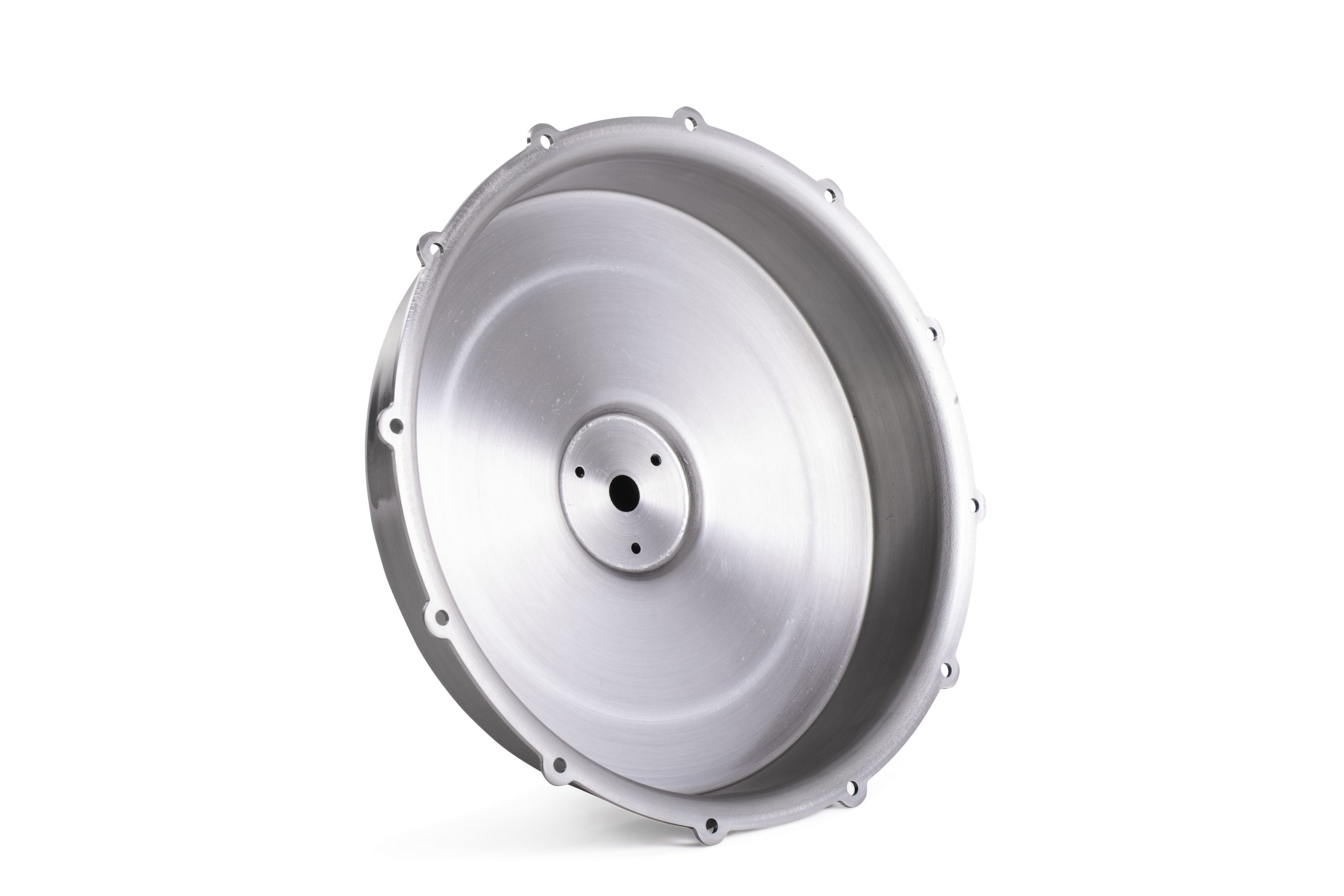 Machining
Machining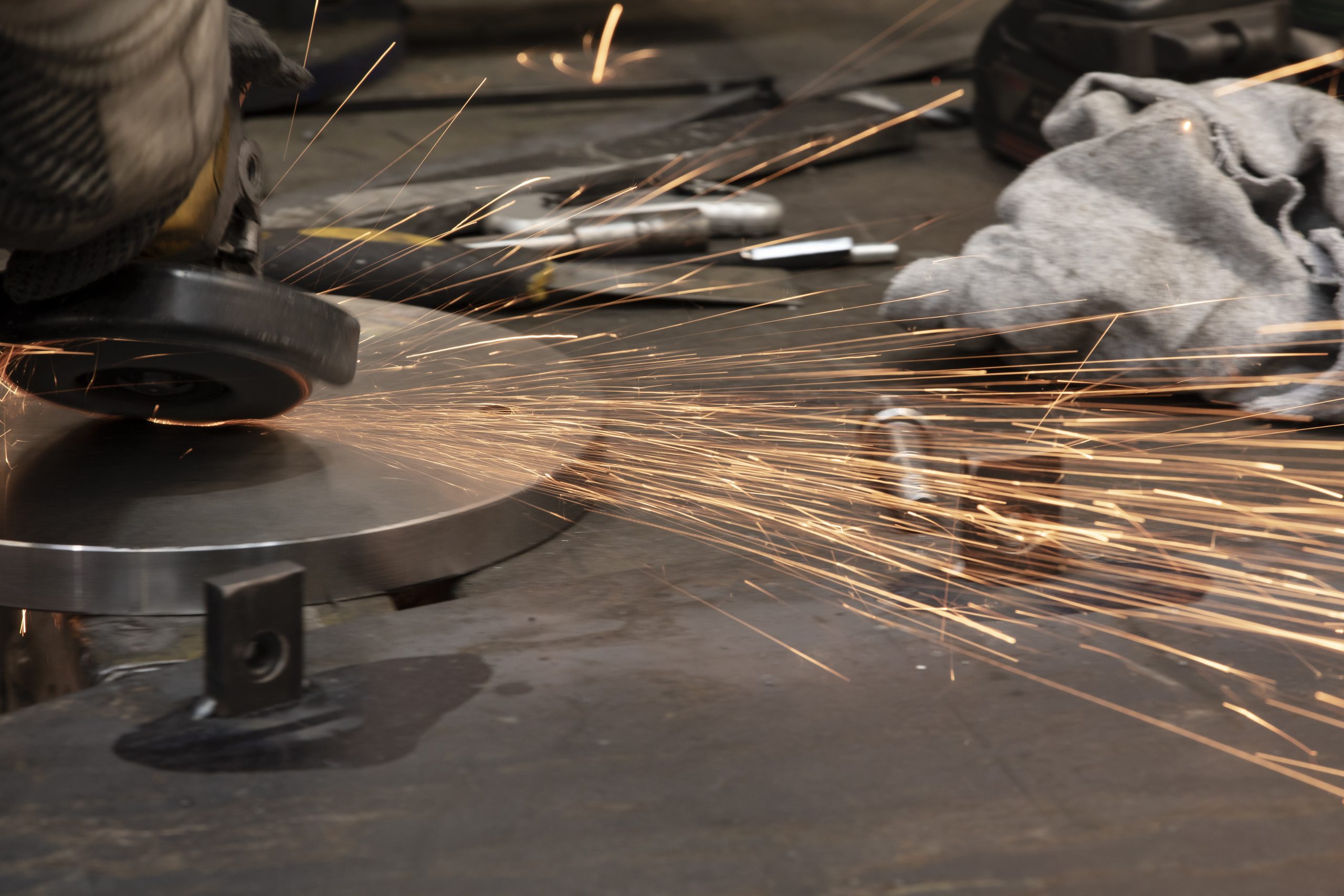 Metal Pressing
Metal Pressing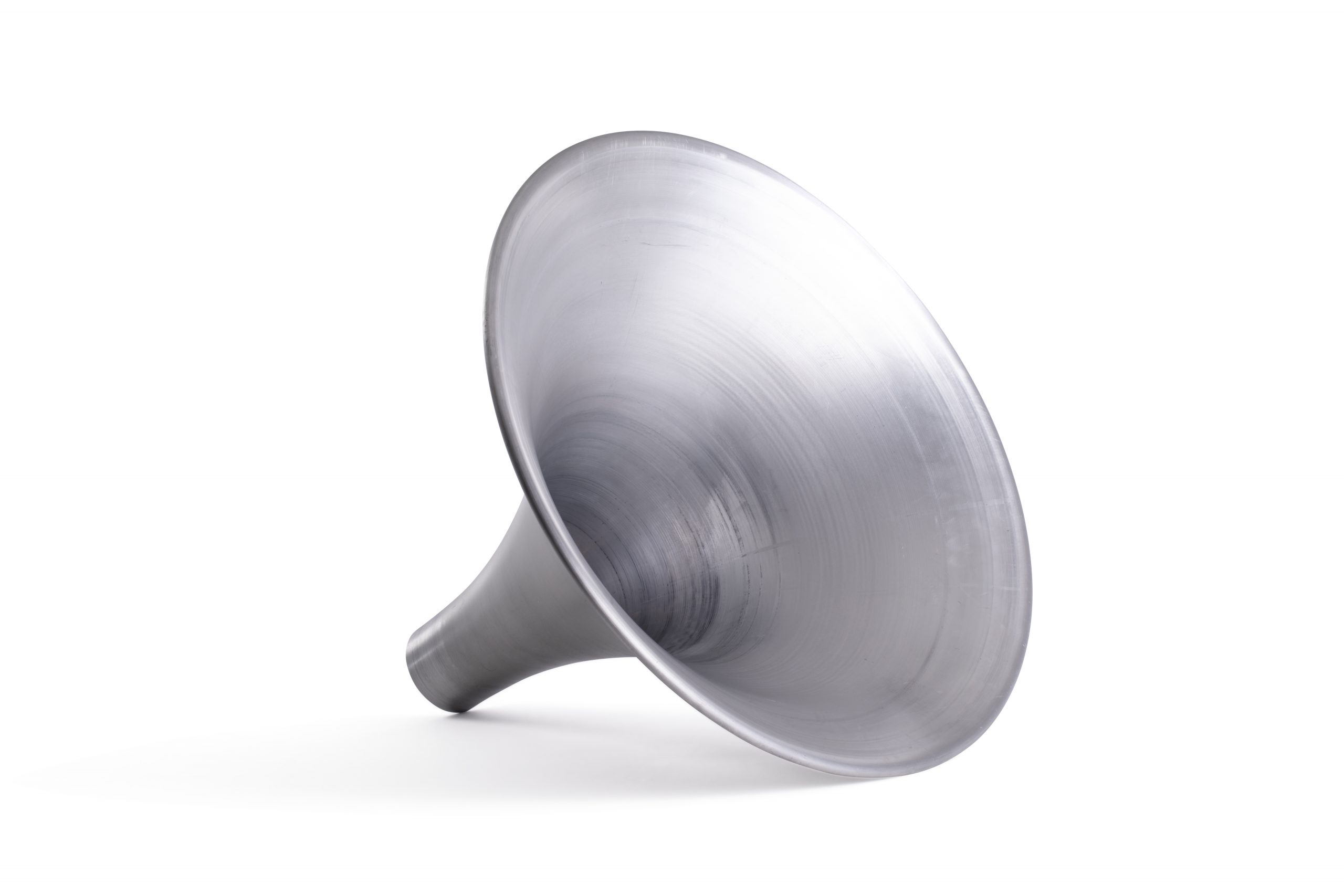 Metal Swaging
Metal Swaging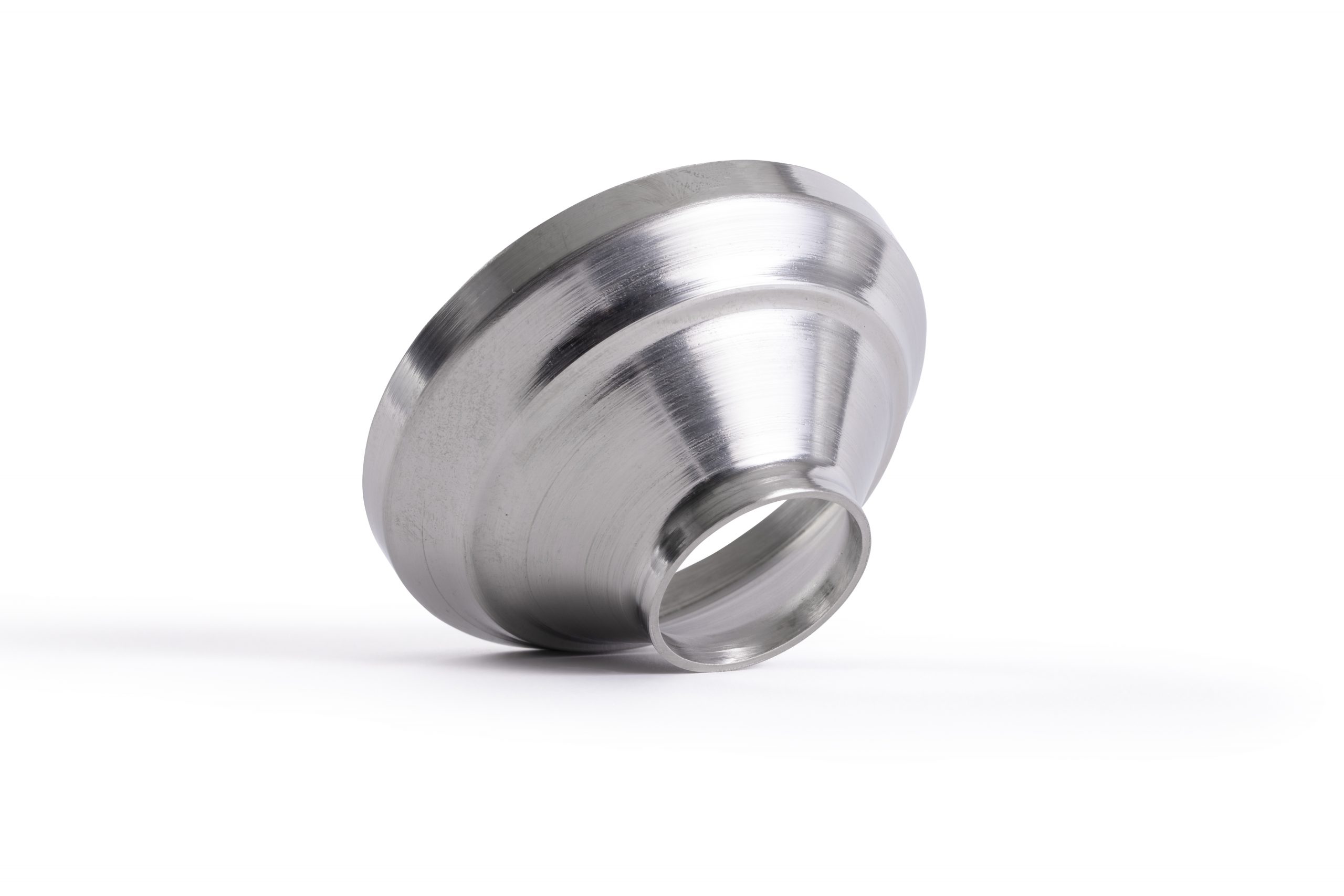 Metal Fabrication & Welding
Metal Fabrication & Welding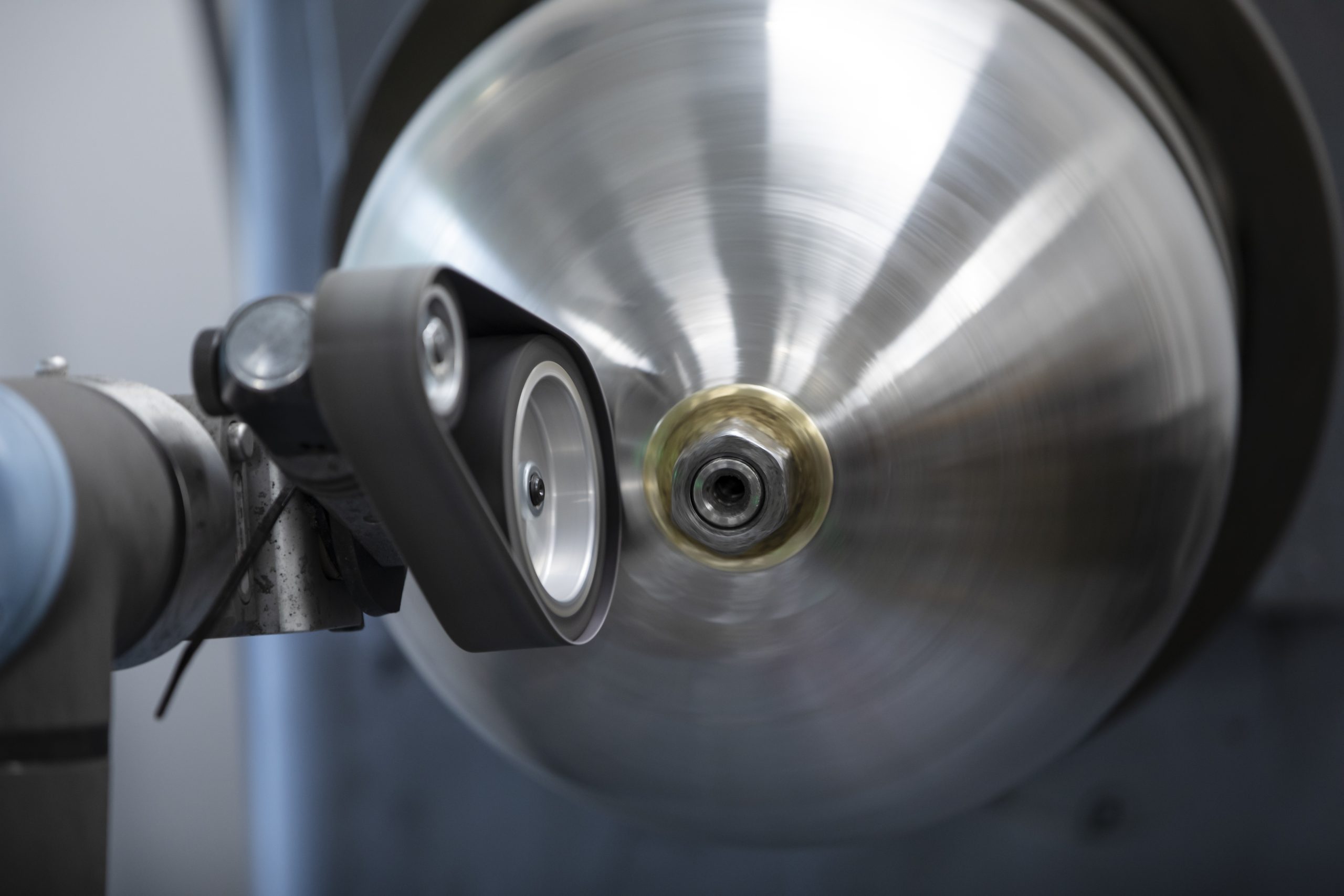 Precision Engineering
Precision Engineering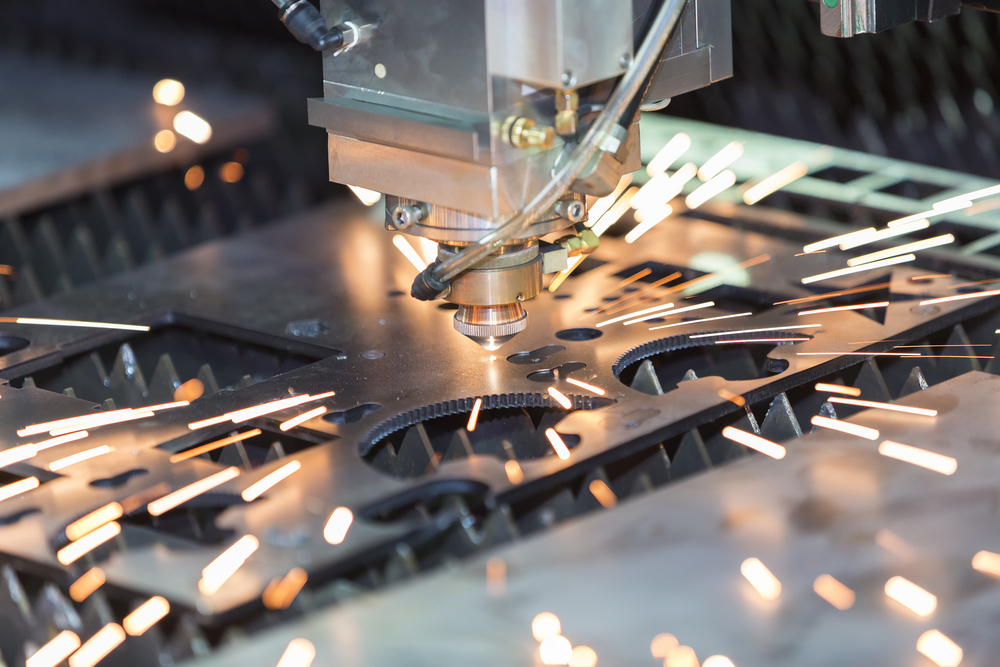 Laser Cutting
Laser Cutting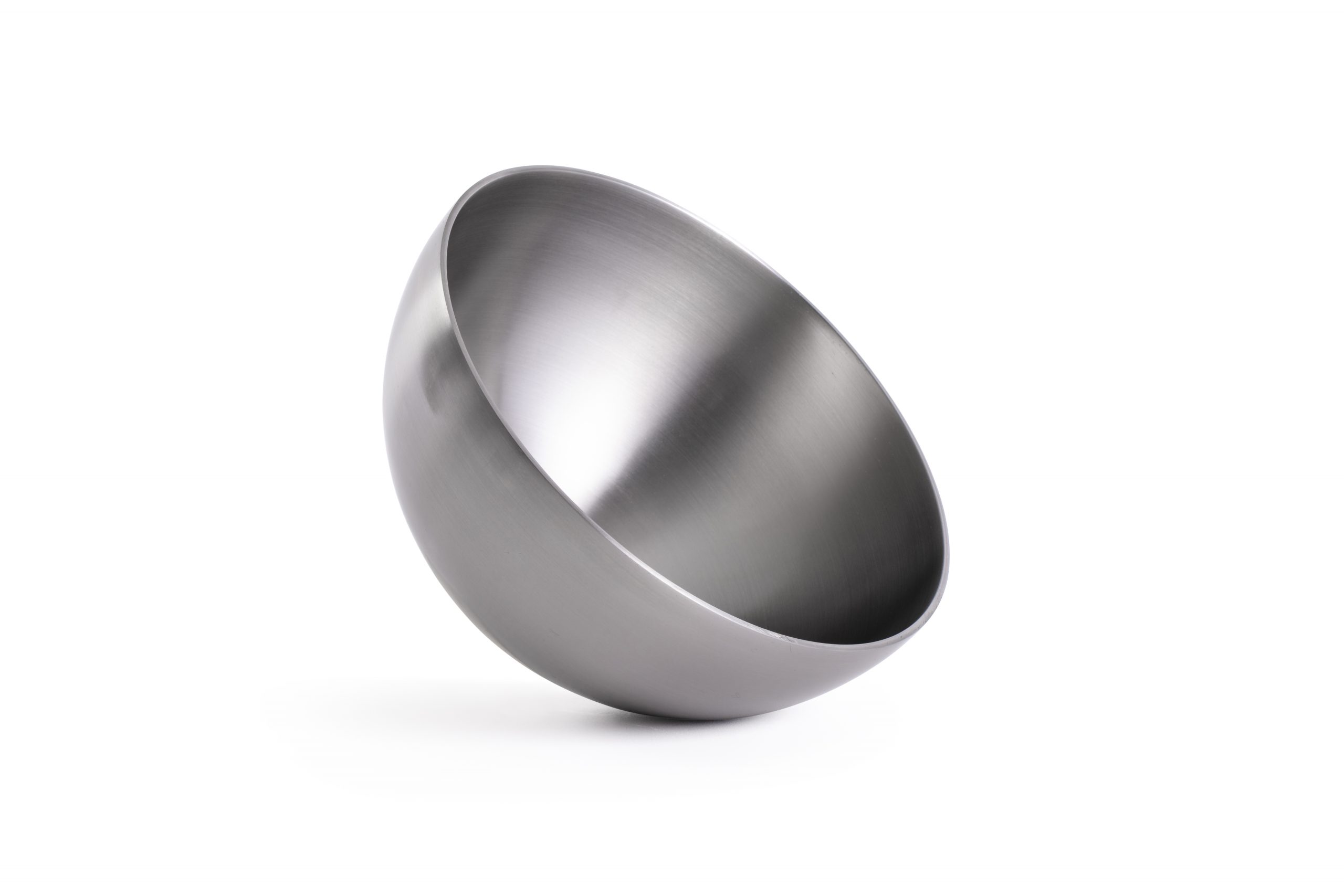 Inspection and Quality
Inspection and Quality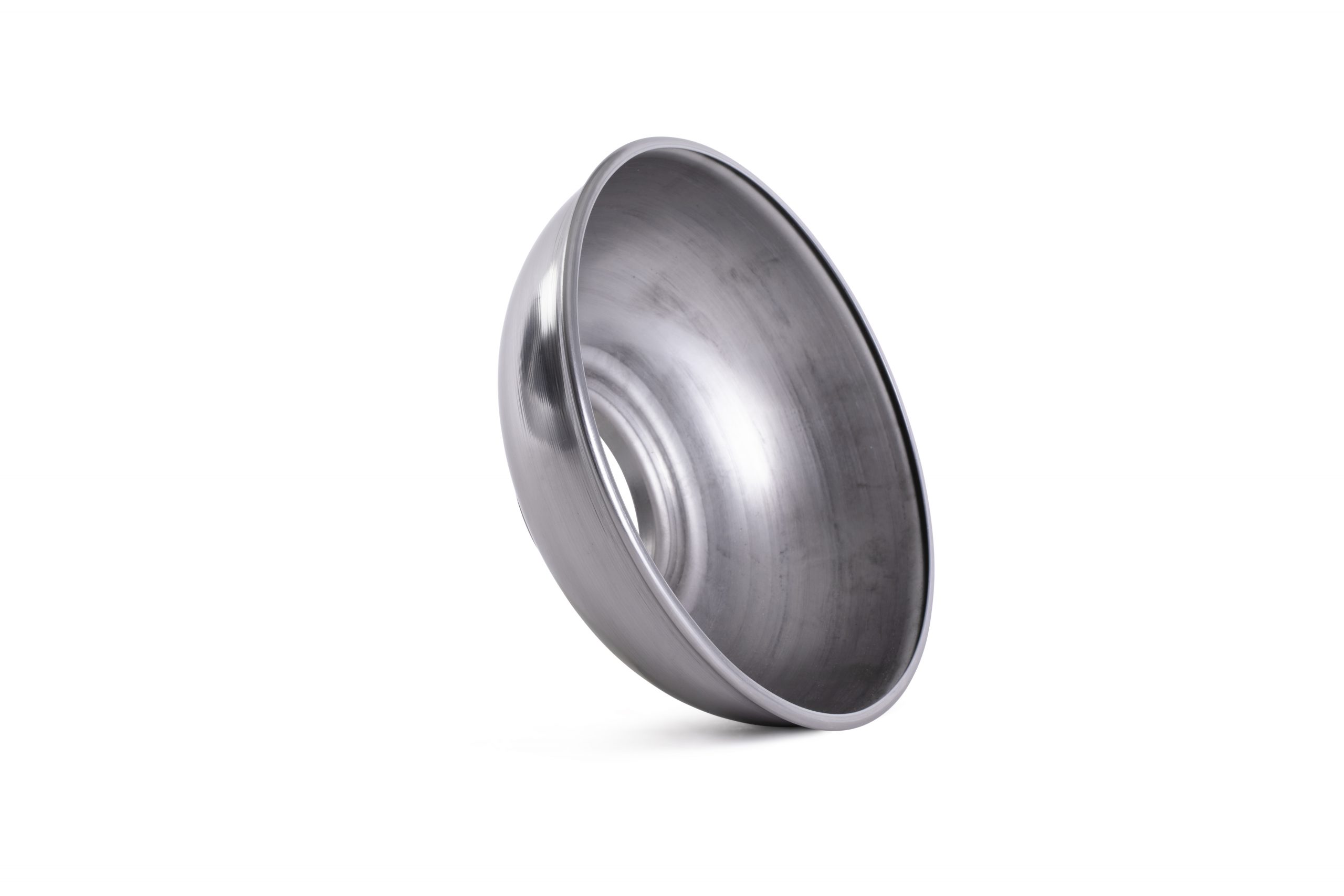 Anodising, Electropolishing and Pickling & Passivating
Anodising, Electropolishing and Pickling & Passivating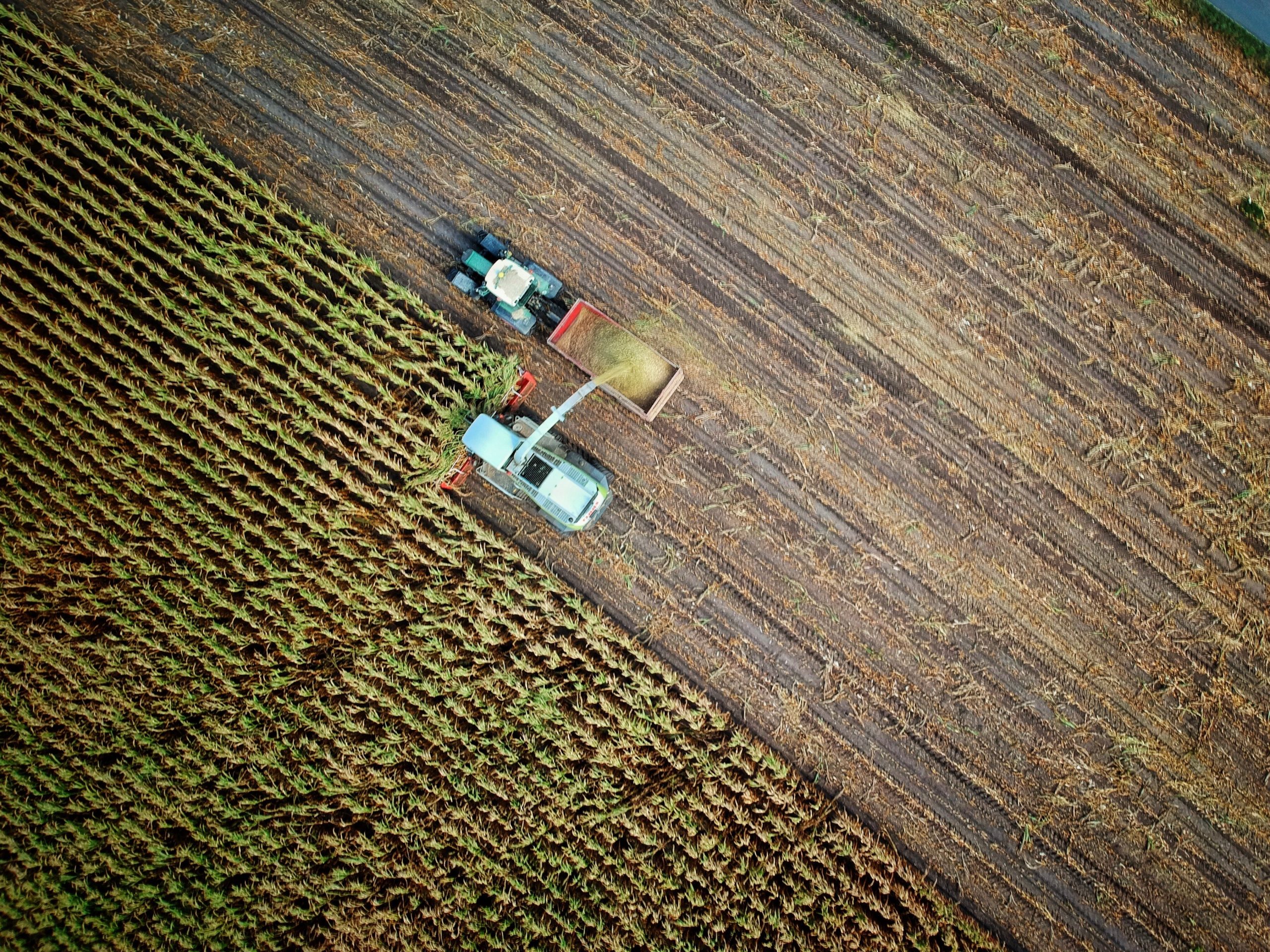 Agriculture
Agriculture Automotive
Automotive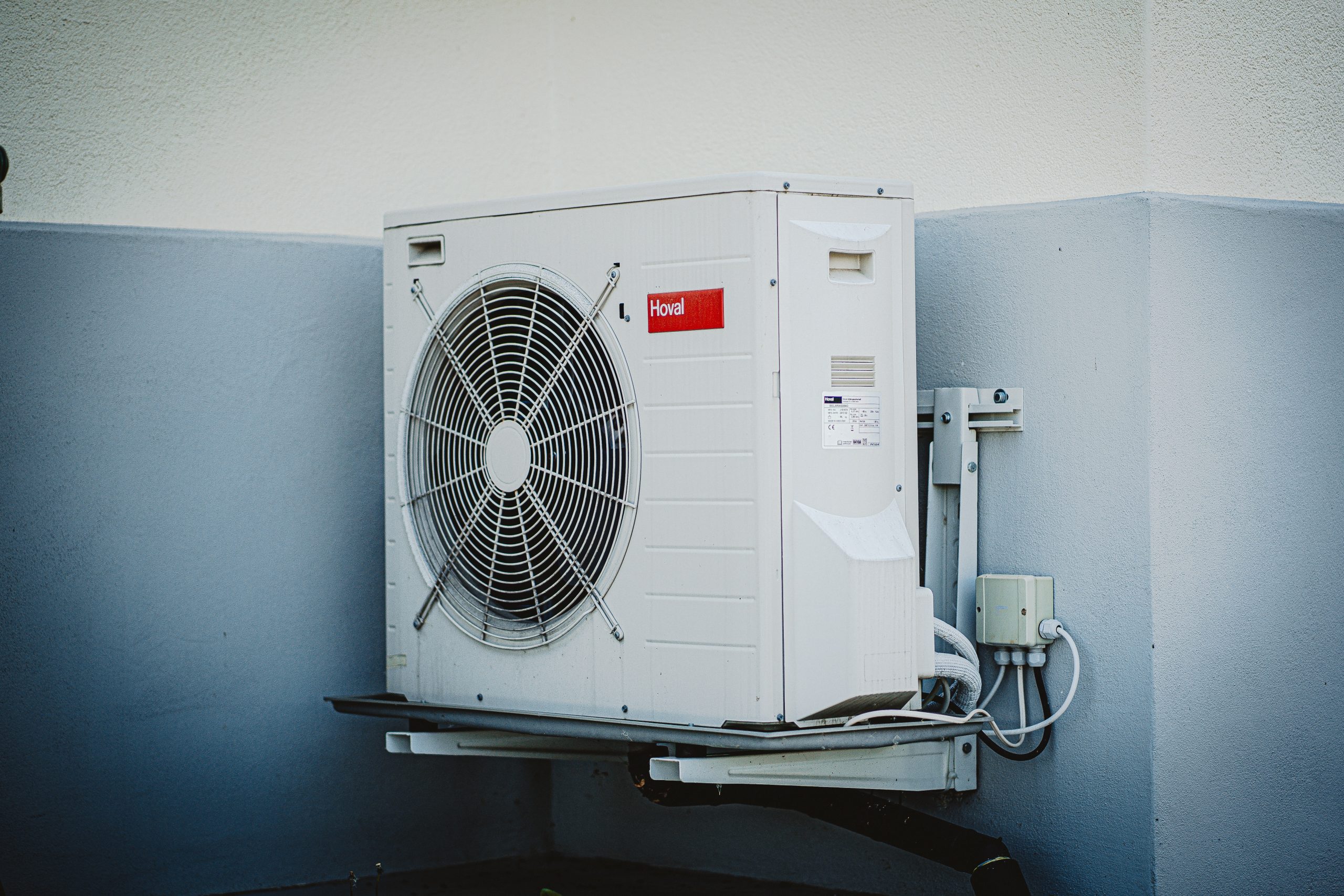 Air Movement
Air Movement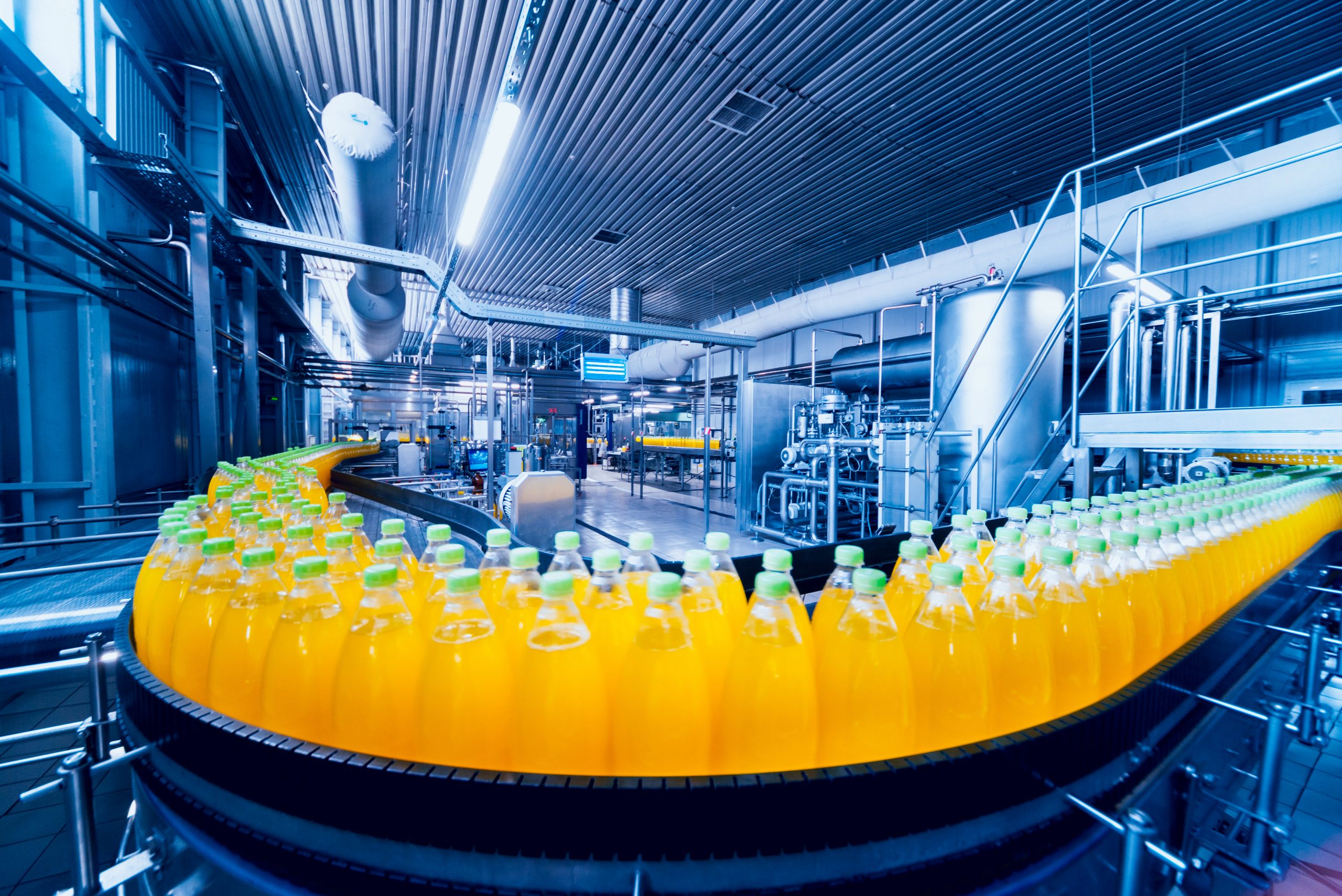 Food Industry
Food Industry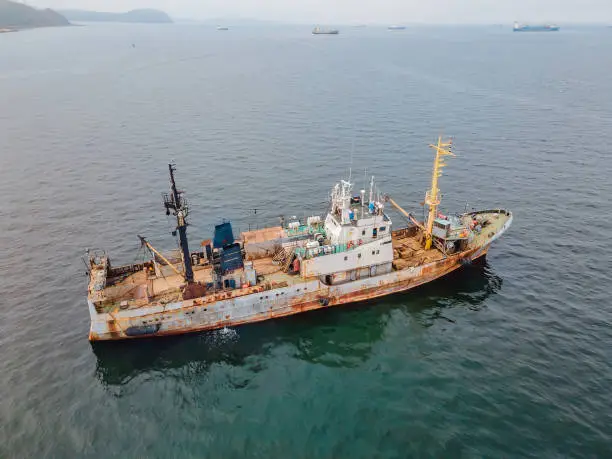 Marine
Marine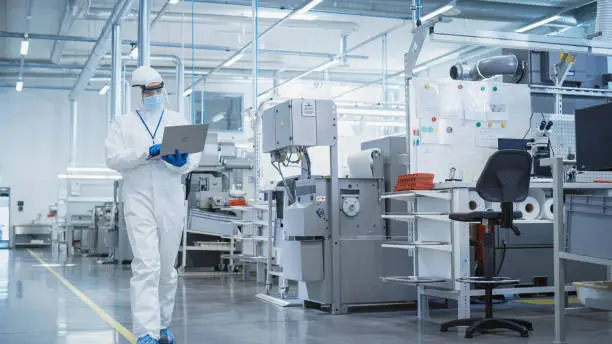 Medical and Cryogenic
Medical and Cryogenic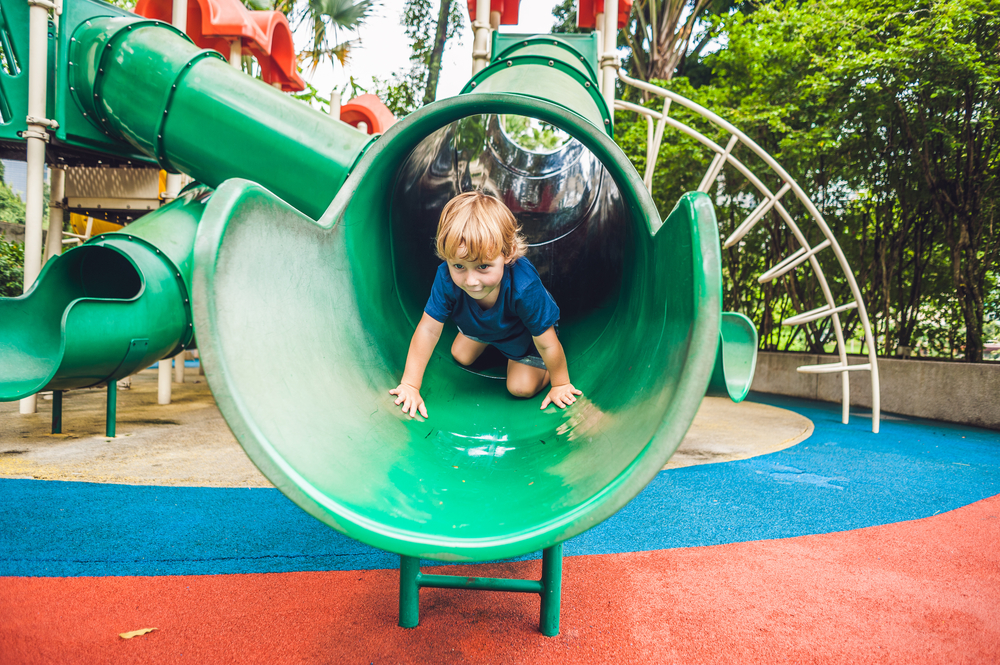 Playground
Playground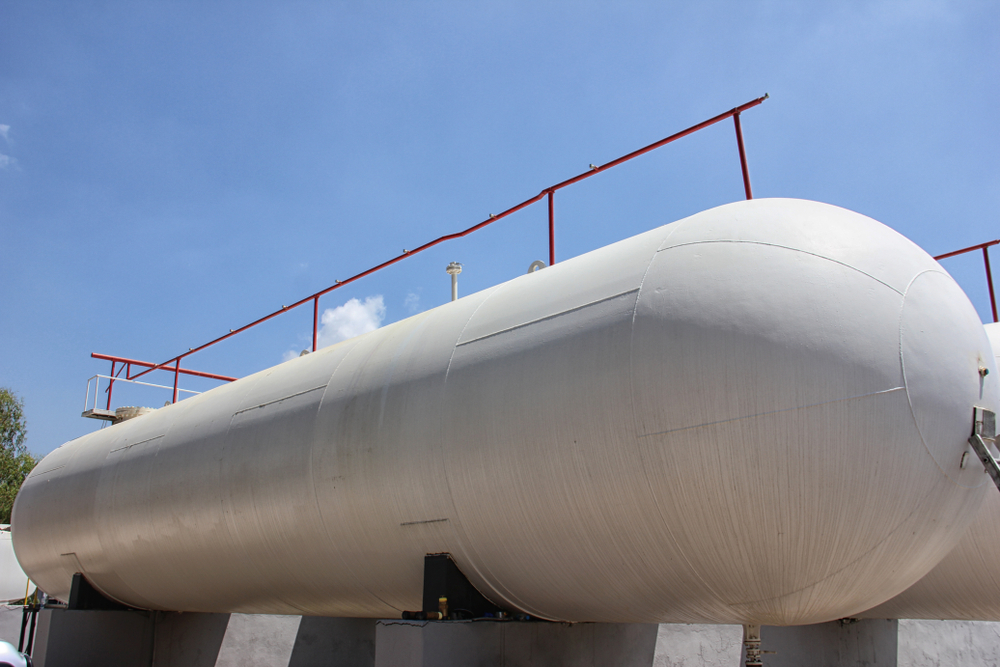 Pressure Vessels
Pressure Vessels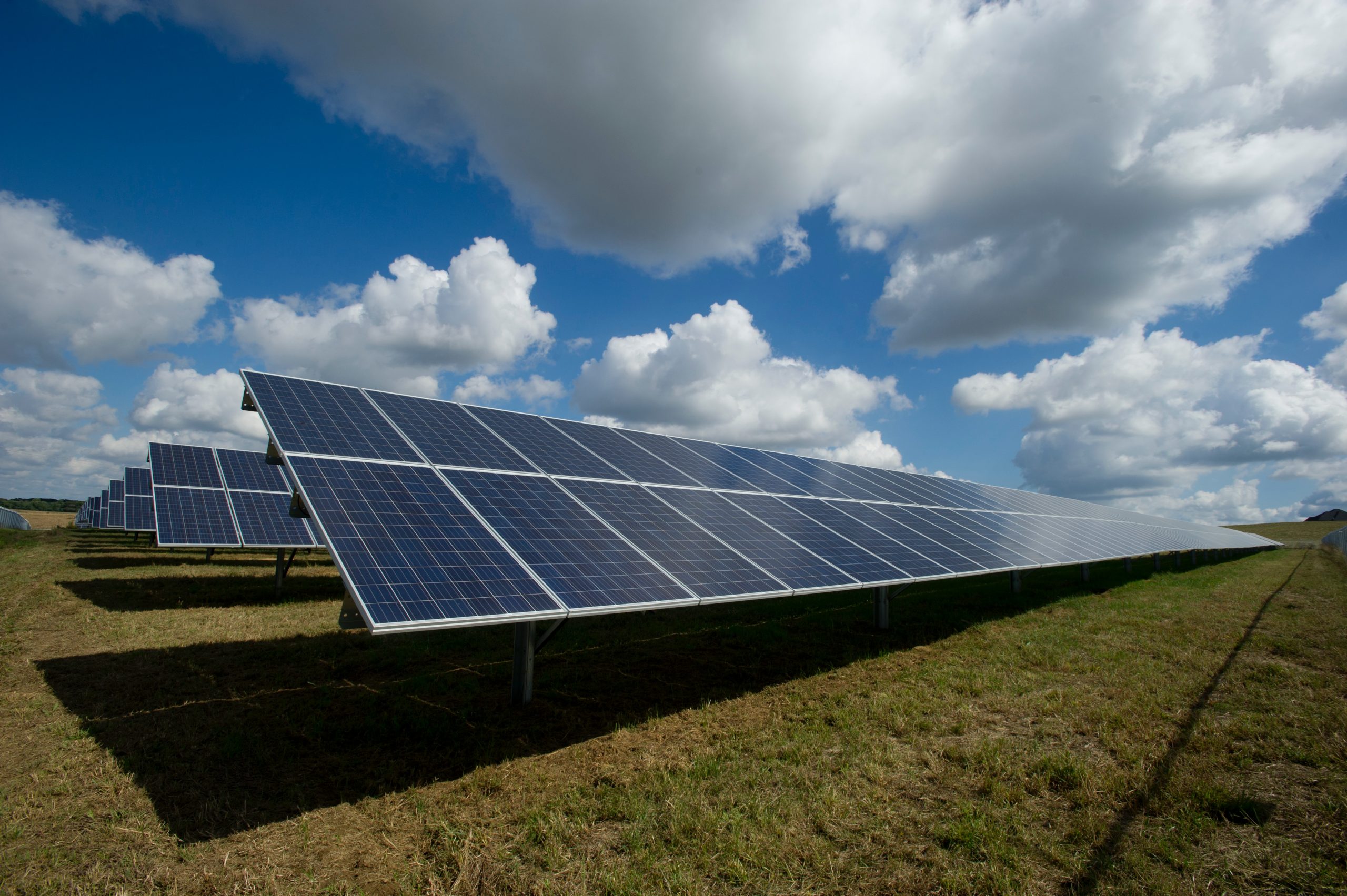 Renewable Energy
Renewable Energy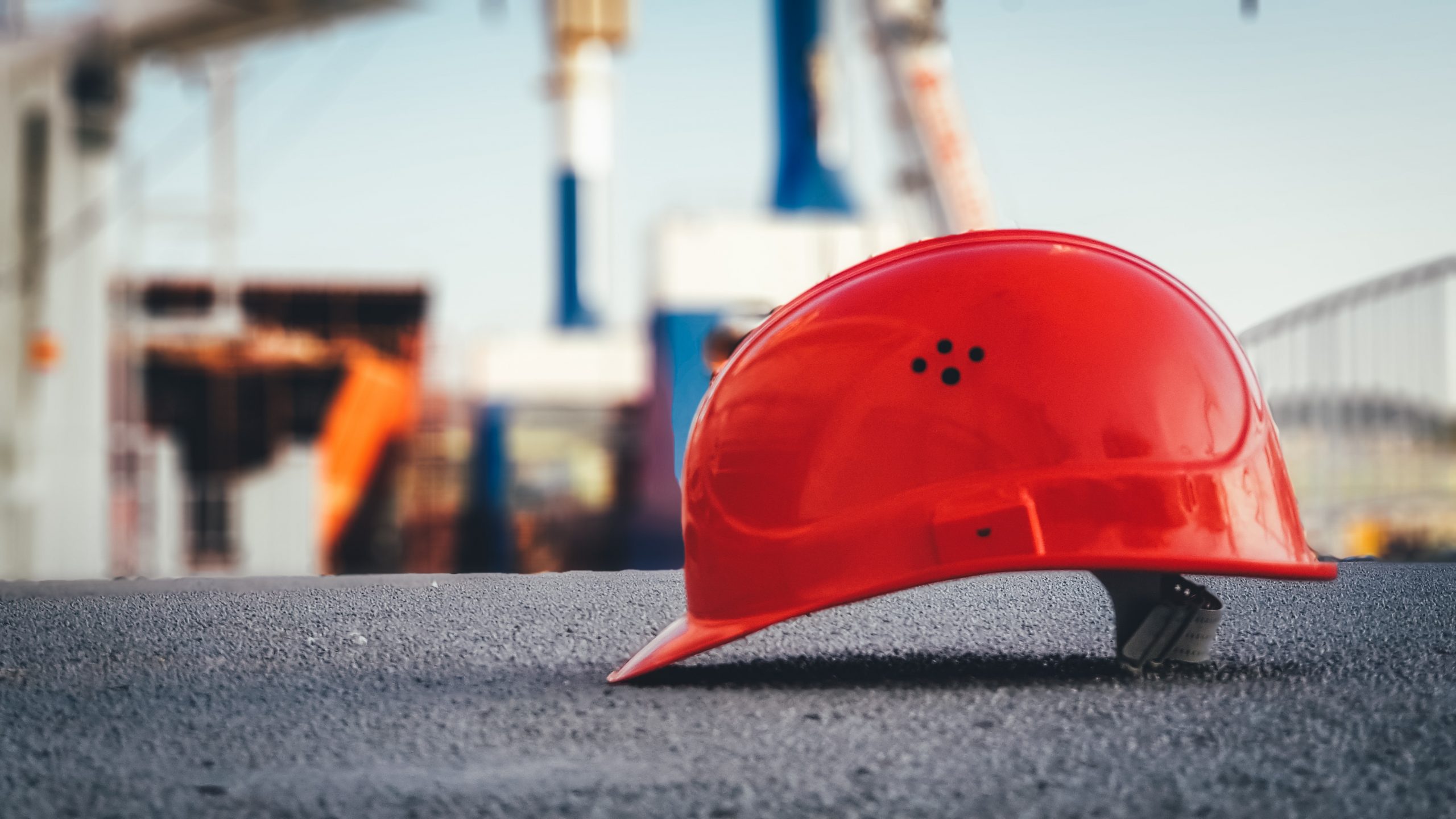 Safety
Safety